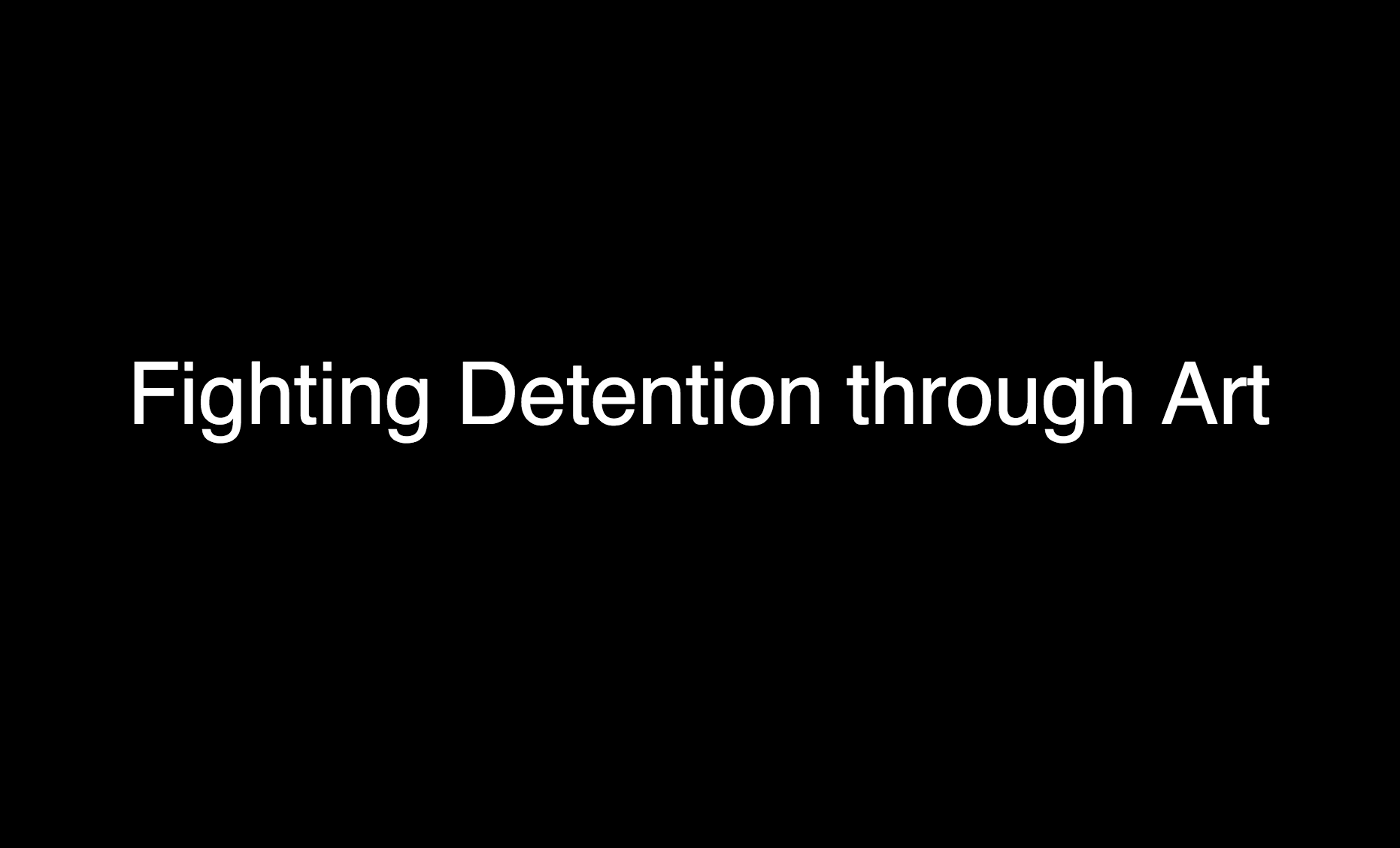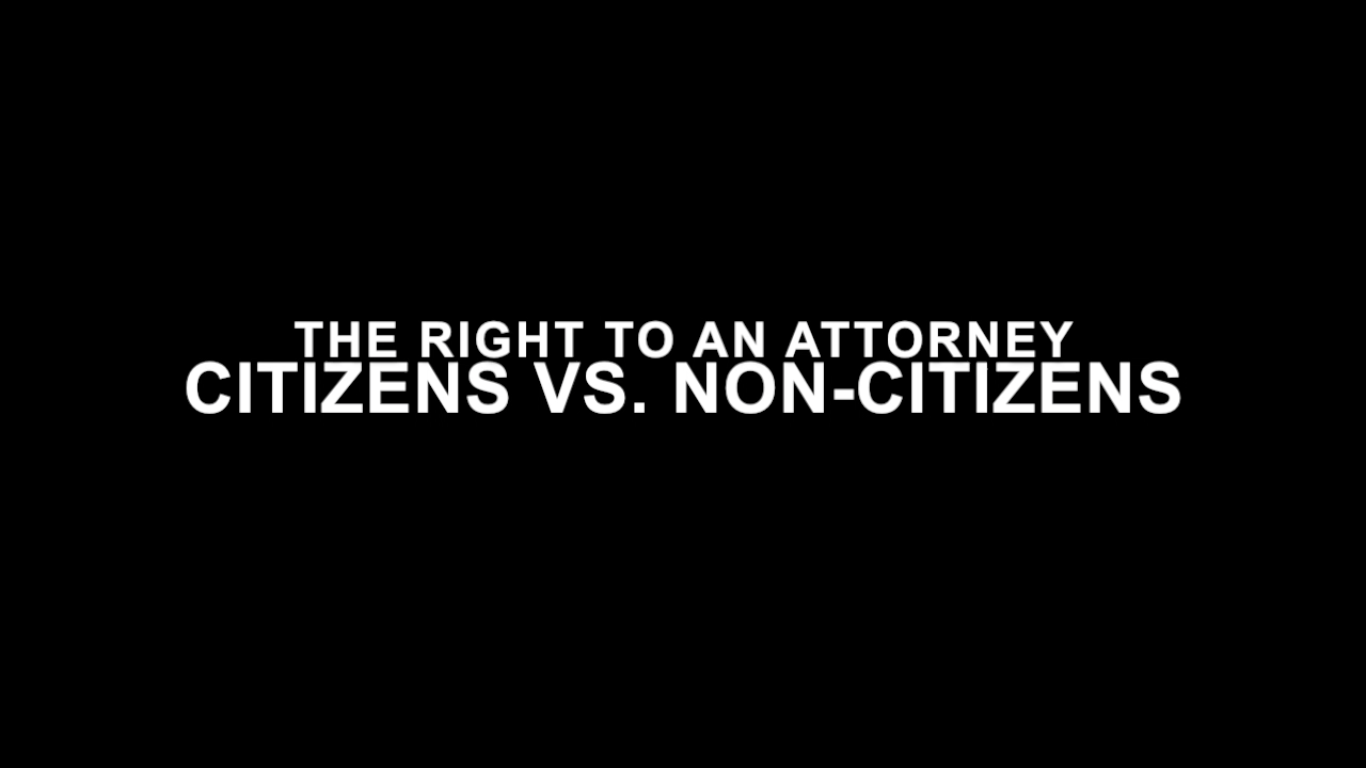Blog
What's it like to be a States of Incarceration tour guide?
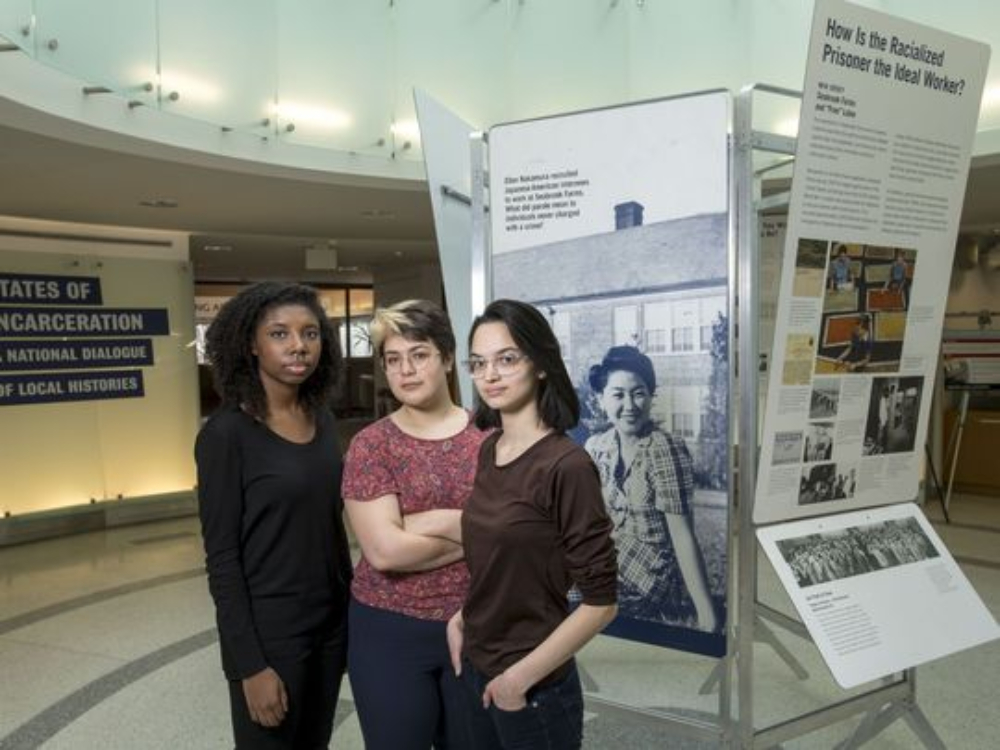
Editor's Note: This summer the HAL team was honored to have Lilah and Jazmyn as our interns. Together they helped us expand the HAL digital archive to include transcriptions of the interactive portion of the exhibit. Lilah and Jazmyn, along with fellow Rutgers student Rachel Ferrante, served as tourguides at the Mabel Smith Douglass Library in New Brunswick this spring, where they facilitated dialogue among their peers as they visited the exhibition. In this roundtable, Lilah and Jazmyn tell us a bit about their experience. Their responses have been edited for clarity and length.
Shana Russell (Program Manager, States of Incarceration): How did the two of you become involved with States of Incarceration?
Lilah...
Carceral Power and the Geography of Incarceration in Massachusetts: Pt. 2
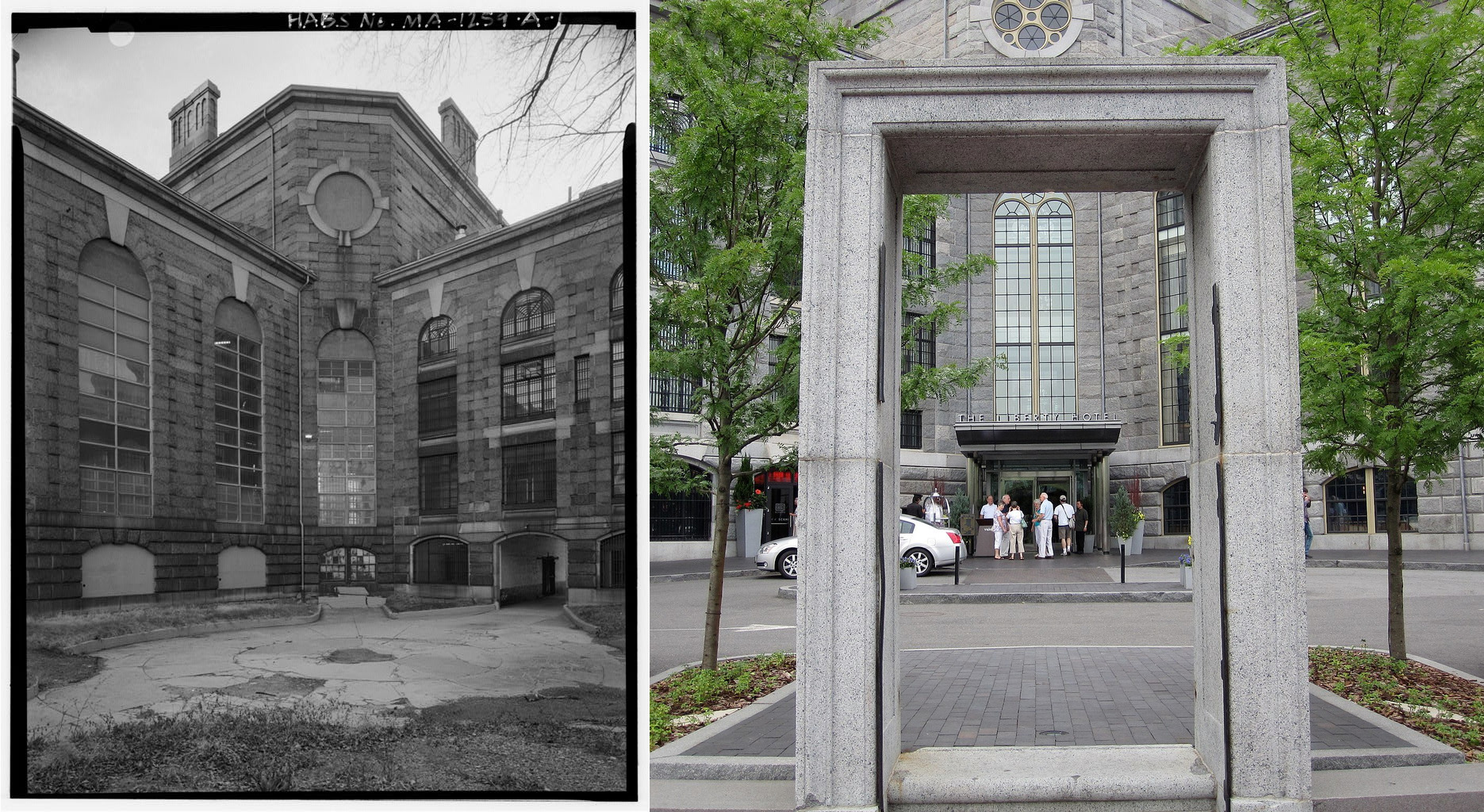
Editor's Note: This is part two of a two-part blog about the contributions of Northeastern public history students to the local States of Incarceration exhibition in Boston. Read part one here .
One of Northeastern's local panels, produced by public history graduate student Kara Zelasko, looked at the intersection of past and present through the historic preservation of the former Charles Street Jail. While the jail retains much of its original appearance, it now serves the public in a very different context.
The Charles Street Jail finally closed its doors in 1973 after decades of overcrowding and dilapidated conditions. With a $150 million budget, developers transformed the building into the boutique Liberty Hotel. Guests can...
Carceral Power and the Geography of Incarceration in Massachusetts
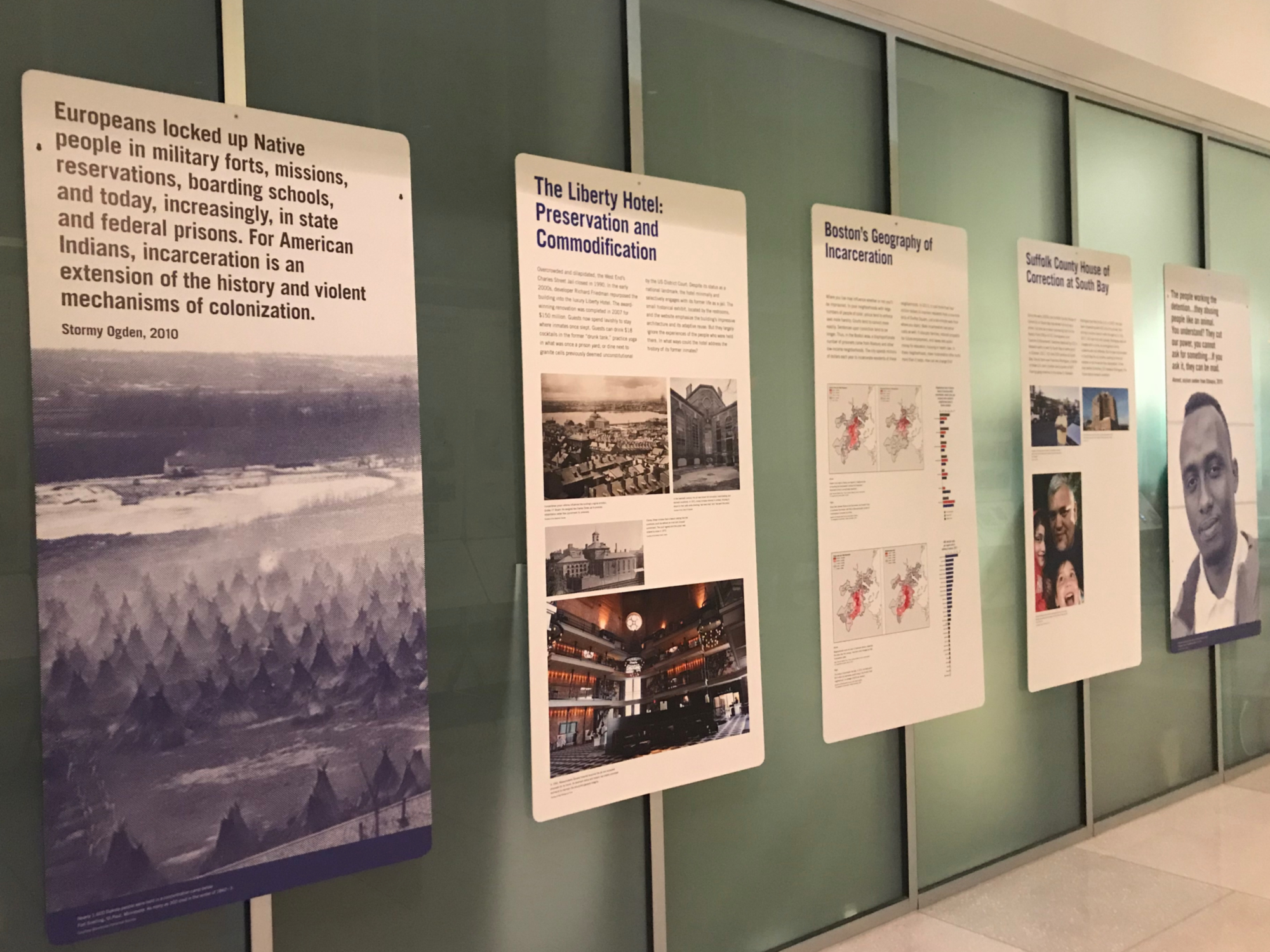
Editor's Note: This is part one of a two-part blog about the contributions of Northeastern public history students to the local States of Incarceration exhibition in Boston.
In 2016, Northeastern University public history graduate students contributed a panel about the Norfolk Prison Debate Society to the traveling States of Incarceration exhibit. When the exhibit was on display at Northeastern in 2018, it featured six additional panels focusing on Boston’s local history of incarceration produced by a different cohort of graduate students in a Public History of Incarceration seminar taught by Dr. Martin Blatt.
These panels looked at historical examples of incarceration at Deer Island, Charles Street Jail, Dorthea Dix’s activism, and Malcolm X’s Boston in addition...
What is Reproductive Justice?
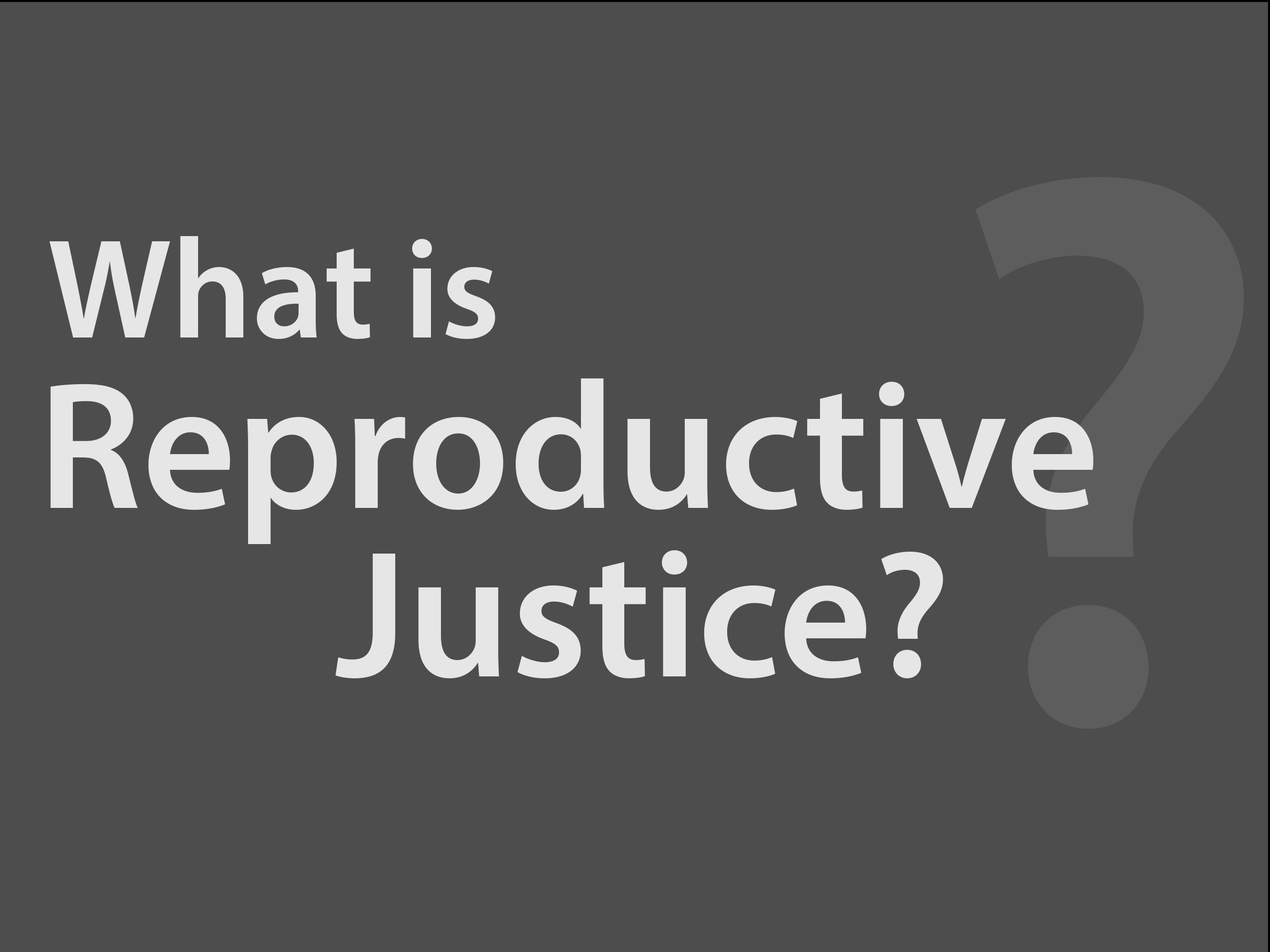
“The Reproductive Justice analysis offers a framework for empowering women and girls relevant to every family. Instead of focusing on the means-a divisive debate on abortion and birth control that neglects the real-life experiences of women and girls-the Reproductive Justice analysis focuses on the ends: better lives for women, healthier families, and sustainable communities. This is a clear and consistent message for all social justice movements. Using this analysis, we can integrate multiple issues and bring together constituencies that are multi-racial, multi-generational, and multi-class in order to build a more powerful and relevant grassroots movement." -- Loretta Ross, founding mother of Reproductive Justice, co-founder and the National Coordinator of the SisterSong Women of Color Reproductive Justice Collective from 2005-2012. The...
The Real Cost of Prisons Project
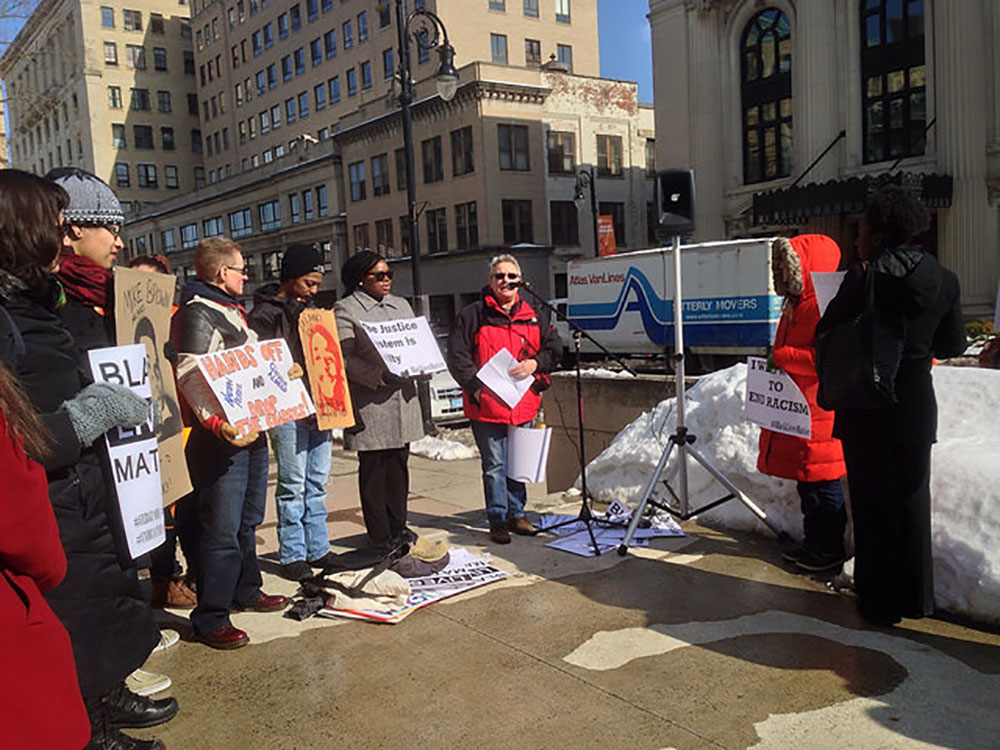
Lois Ahrens, founding director of the Real Cost of Prisons Project ( www.realcostofprisons.org ) and long-time activist, is pictured here speaking about bail and bail reform at a #BlackLivesMatter demonstration in February 2015.
Courtesy of: Chelsea Miller
In 2012, Lois Ahrens co-founded the Pretrial Working Group (PWG), a statewide coalition advocating for alternatives to pretrial incarceration, including the elimination of the monetary bail system and opposing construction of new jails in Massachusetts. The group’s website explains, “in Massachusetts, every day, more than 5,000 women and men are jailed pretrial, that is, they have been convicted of nothing. A majority is often held for months only because they do not have money for bail.” The Pretrial...
The State of Public Humiliation

There isn’t anything new about public humiliation and its role in punishment. Throughout history, public humiliation was used to warn others away from committing a crime, while branding some criminals for life. In the United States, the development of Eastern State Penitentiary in Philadelphia during the early nineteenth century was heralded as a reform in the prison system, because convicted felons were imprisoned anonymously. This, in theory, allowed them to reintegrate into society without the stigma that public humiliation created.
Despite such reforms, public humiliation remains a part of the system – and has been reemphasized as a method of punishment – and the dehumanization of criminals continues to be an ongoing issue. With the development of new forms...
Central State Hospital Unmarked Graves
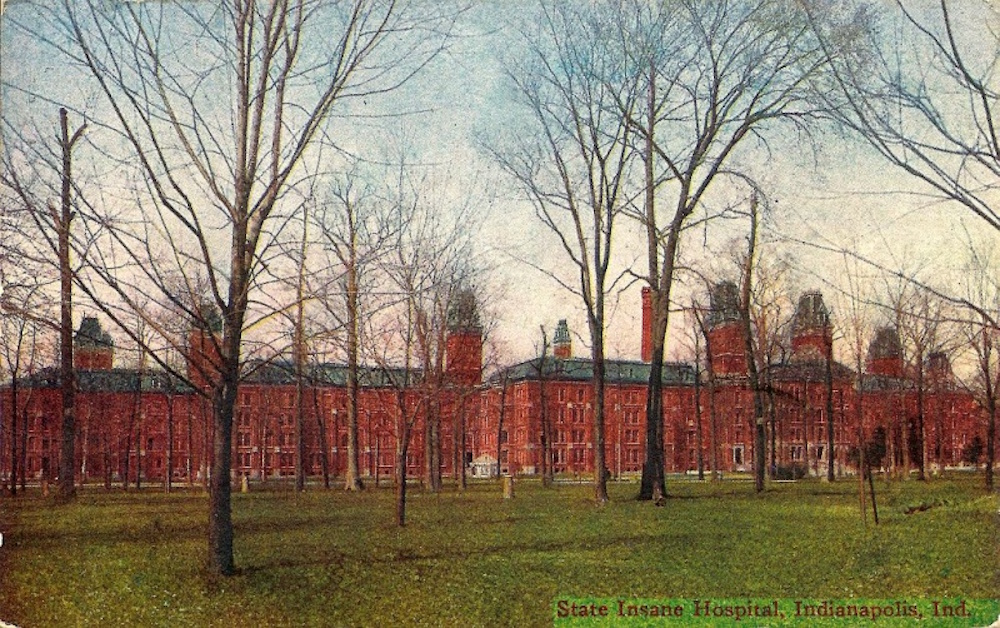
“These people - patients - lived there. And they died there. Then they vanished, their existence noted only in forgotten record books and forgotten news.” In operation from 1848 to 1994, Central State Hospital, Indianapolis, Indiana, treated and housed people who were mentally ill. This facility treated many patients over the years (housing nearly 2,000 at its peak) and generated many records, however there are still those patients whose lives and their final resting place has been lost. Somewhere on the grounds of the old Central State Hospital there are original four sections of a cemetery, possibly containing over 1,000 graves, predating 1905, whose location has been lost and forgotten. Many individuals with mental illness were placed in the State...
Central State Hospital Grounds
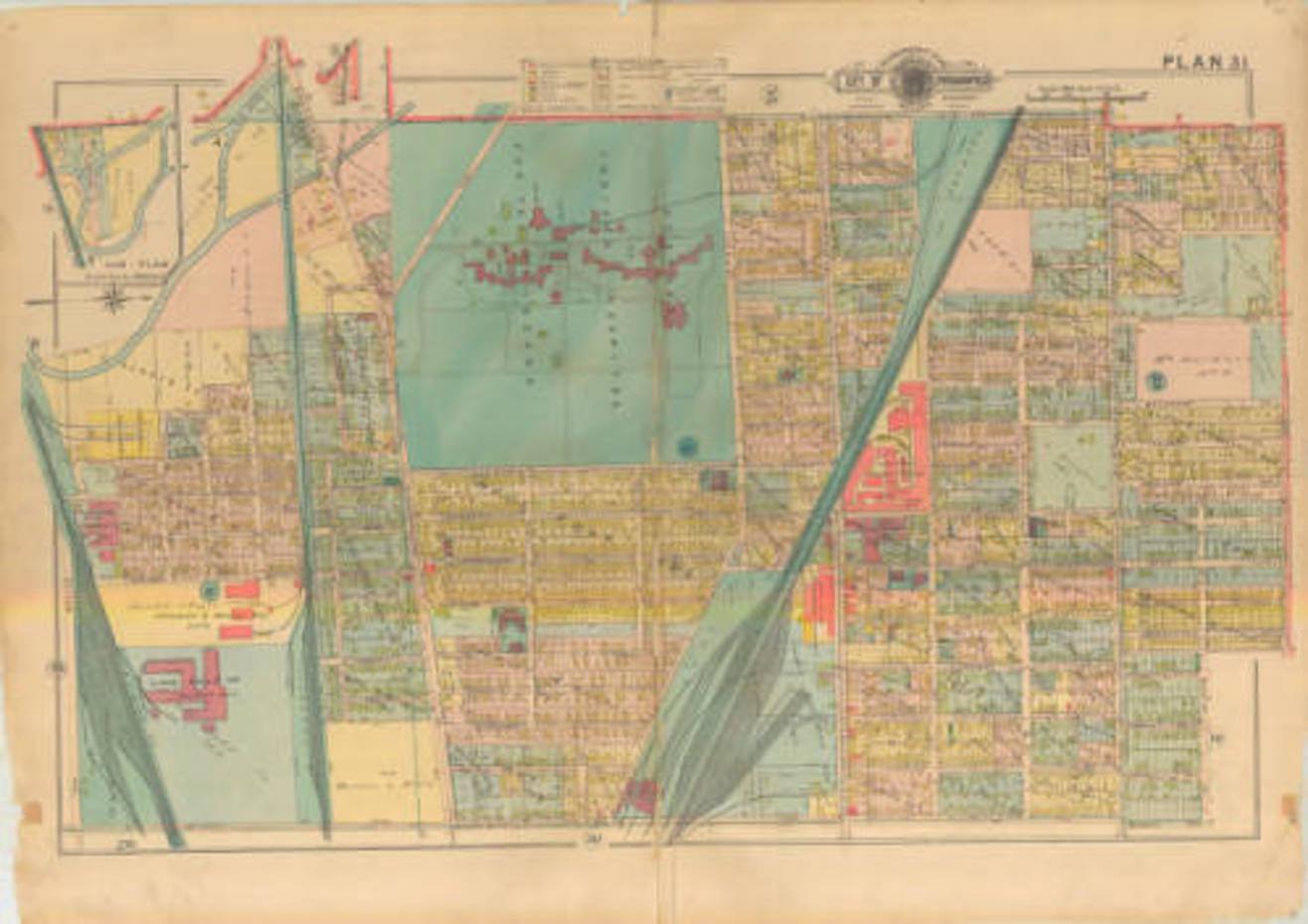
Originally called the “Indiana Hospital for the Insane,” Central State Hospital opened in 1848 to treat patients with many different diagnoses. The 160-acre grounds housed the men’s building (“Old Main”), the women’s building (“Seven Steeples” created in the groundbreaking Kirkbride style), a power plant, police force, fire department, hospital, bakery, laundry, kitchen and pathology building among others. This 1916 map highlights the significant amount of structures erected to house and care for people with mental illness. The grounds were closed in 1994 in large part because of unhealthy conditions, patient abuse, lack of funding, and a societal push towards community-centered mental health facilities. Today, the pathology lab is preserved as the Indiana Medical History Museum. The rest of the grounds...
- 1 of 5
- next ›
